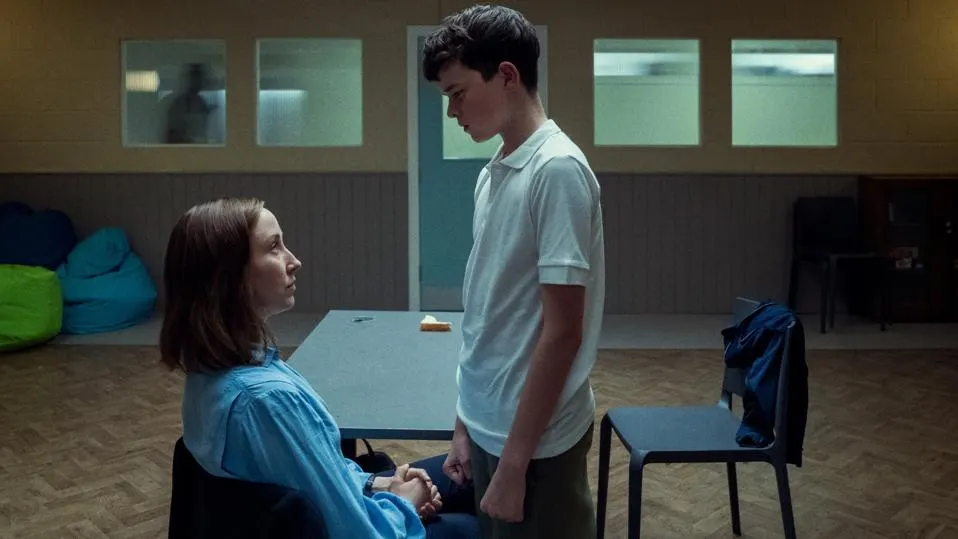I recently watched Adolescence, a Netflix series that tells the story of a 13-year-old boy named Jamie who’s been accused of murdering a classmate. And while the show opens with a shocking event, what stayed with me wasn’t the crime—it was Jamie. A quiet, withdrawn boy, sitting in the middle of a storm no one seems to notice. You get the sense that he’s been carrying things for a long time—things too big for someone his age to hold alone.
We know boys like Jamie. We pass them in schools, in our own homes. They’re navigating the sharp terrain of adolescence—battling identity, sorting through influence, and absorbing messages about what it means to be a man. And too often, they’re doing it alone.
As a counselor, I couldn’t stop thinking about the real-life Jamies—boys growing up in silence, sorting through complex emotions without a guide. What Adolescence gets heartbreakingly right is that when there’s no safe outlet, no healthy relationship, and no one modeling how to feel and be, rage can fill the void.
The Noise of Influence
In the show, Jamie is surrounded by voices—friends, strangers online, authority figures—all trying to shape him. Some with good intentions. Some not. But what stands out is the absence of anyone helping him interpret it all. He’s exposed, emotionally raw, and without a filter to know what to keep and what to question.
It’s a theme that resonates far beyond the screen. Today’s boys are bombarded with influence. TikToks, Discord, YouTube personalities, group texts—they all tell a story about who they should be. Strong. Detached. Cool. In control. But rarely do they make space for the deeper stuff: fear, grief, softness, or even the basic question, Who am I, really?
Identity, Shame, and Rage
Jamie’s journey—his shifting moods, his moments of connection and rage—mirror something deeper: the struggle of forming an identity when you don’t yet have the words for your inner world. What does it mean to be a man when the world keeps changing the rules?
When boys feel like they have to hide what they’re really going through, it doesn’t just disappear—it turns inward. Studies show that loneliness and social isolation are linked to increased feelings of shame, especially in boys and men who’ve been taught to equate vulnerability with weakness. And when shame sits too long without language or connection, it often hardens into something else.
Sometimes, that hiding turns into silence.
Sometimes, it turns into withdrawal.
And sometimes, it turns into anger.
Not because these boys are bad or dangerous—but because they’ve never been shown what to do with all they’re holding. Anger, in those cases, isn’t the root problem—it’s the signal flare.
We Don’t Need to Wait for Crisis
Adolescence isn’t just a crime drama—it shows us about the vulnerability in boys, and how often it’s missed. It’s about what happens when boys don’t have spaces to name what’s going on inside, when they don’t have models of healthy masculinity, or relationships where they feel safe being seen.
That’s why it matters so much that we create those spaces. Through mentorship. Through parenting. Through open, real conversations. And yes, sometimes through counseling—not because something is “wrong,” but because having a consistent, grounded guide can help make sense of what feels too heavy to carry alone.
This show leaves us asking: Who is paying attention to our boys? Who is helping them name what they feel, untangle what they’ve been taught, and carry what’s too heavy to bear alone?
Because when we overlook boys’ inner lives, when we dismiss their silence or minimize their anger, we miss the deeper truth: boys are struggling, too. And their mental health matters—deeply. Not just for their sake, but for the families, schools, and communities they’re part of. The cost of not showing up for them isn’t just personal—it’s collective.
The show invites us to look harder, listen closer, and do better.

